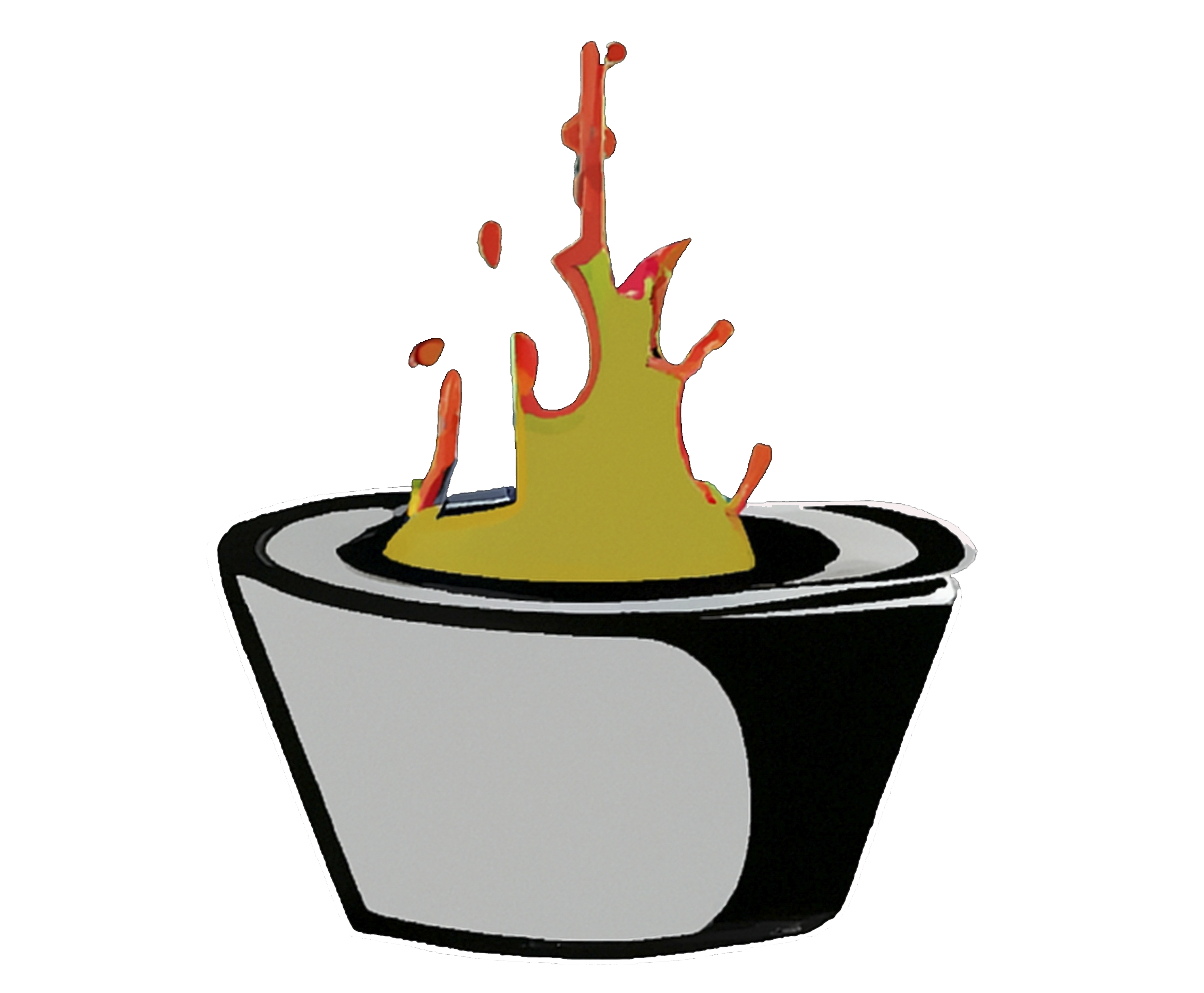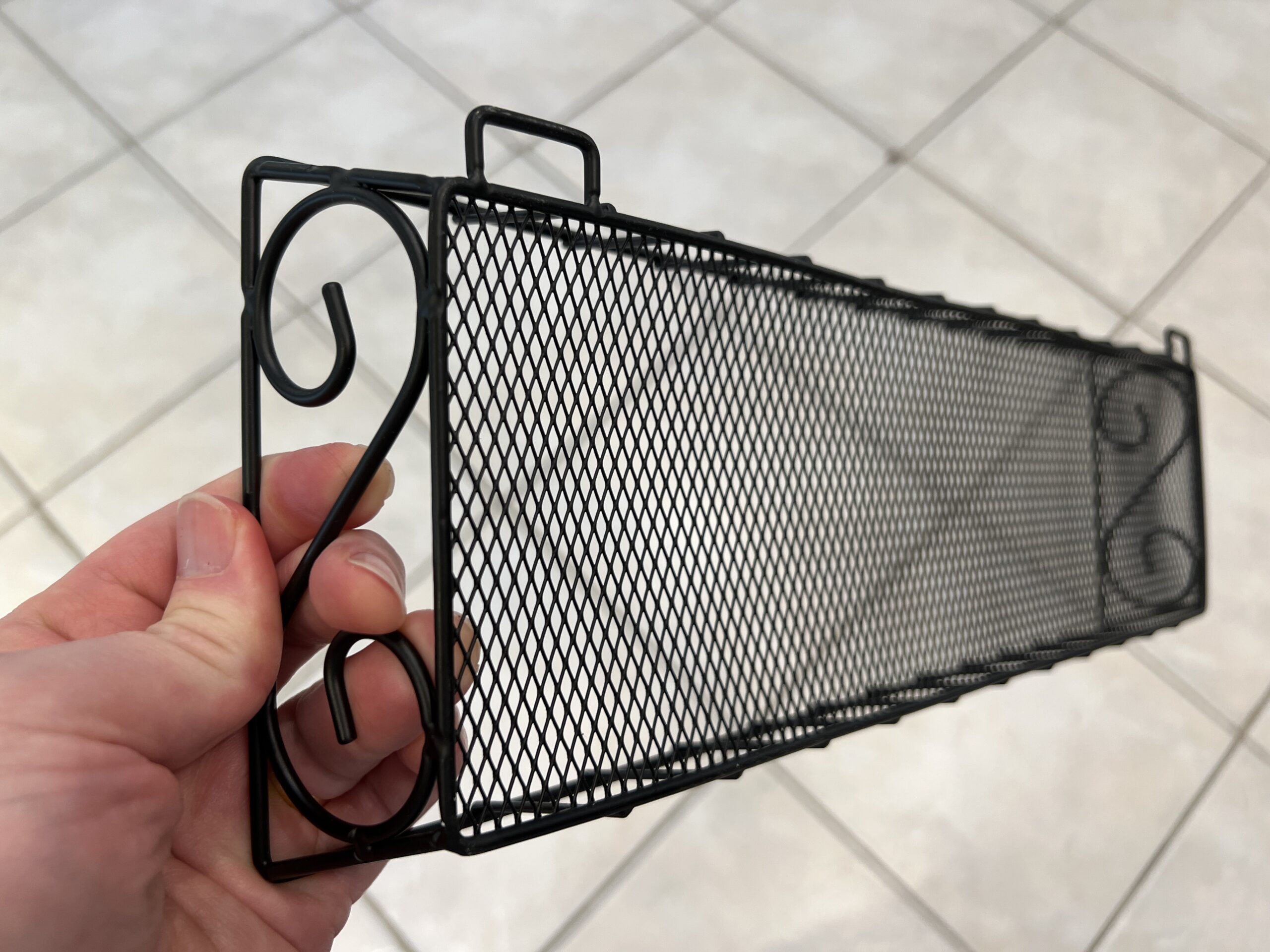Aluminum is one of the best and easiest metals to melt in a home foundry. It’s strong, versatile, lacks the toxic properties of something like lead, doesn’t corrode, and is soft enough to easily polish after casting. It also has a low enough melting point to melt it in a basic home foundry readily.
If you have a piece of metal mystery in front of you, though, it can be hard to tell if it’s made out of aluminum or not. To tell if something is made of aluminum, gauge its weight, check for rust, see whether it sticks to a magnet, check how it does in the “key test,” and use vinegar for an acid test.
Here’s how to check if metal may or may not be aluminum. Remember that no method is perfect; there’s always a chance you’ll misidentify a piece of metal, so it’s always important to follow proper foundry safety protocols.
Check the Metal’s Weight
One of the defining properties of aluminum is the fact that it’s extremely light. When you pick up a piece of aluminum, it should feel almost insubstantial in your hand.
Stainless steel often looks like aluminum, but it’s much heavier for the same size piece. As you get more experience, you can often tell aluminum by its weight alone.
Even as a new metal caster, you can compare an unknown piece of metal to the general weight of a piece of steel or iron to see if it’s possibly aluminum. Keep in mind, too, that aluminum’s light weight often determines the places it’s used; window frames, decks, chairs, crutches, and other items that need to be light are often made of aluminum.
Check for Rust
Aluminum is a non-ferrous metal. That means it does not contain iron, and therefore it does not rust. Although aluminum oxidizes almost immediately, the oxide is thin and essentially invisible.
If you find a piece of metal that has rust, it’s likely stainless steel rather than aluminum. The term “stainless” is a misnomer; any steel will rust if it’s been exposed to water and the elements for a long enough time. Aluminum will not.
That’s an easy way to rule out a piece of metal. If it has rust, then it’s not aluminum.
Apply a Magnet
Again, because aluminum is non-ferrous, it does not contain any iron. Iron is what makes metal stick to a magnet. If your mystery metal sticks to a magnet, it’s not aluminum.
If it does not stick to a magnet, it might be aluminum. When you head to the scrap heap to look for some aluminum or go to a thrift store to buy aluminum items to melt in your home foundry, bring a small magnet!
It’s one of the fastest and easiest ways to rule out certain metals. It can also help you to determine if an aluminum item has steel pieces on it. Aluminum crutches, for example, often have steel screws or fasteners holding them together. You want to remove these items before you melt the aluminum.
Use the “Key Test”
Aluminum is a soft metal. Unlike steel, you can easily scratch a piece of aluminum using a chisel or other semi-sharp item. With a chisel handy, you can scratch it along the surface of your mystery metal and see if it leaves significant marks.
If it leaves no marks, it’s unlikely the item is aluminum. If you see some scratches on the item, it’s made of a softer metal, and it might be aluminum.
Of course, most of us don’t walk around with a chisel all the time. An easy hack is to take out your car key, which is usually made of very high-strength steel so that it doesn’t wear down when you put it in a lock. Scratch your key along the surface of a mystery metal. If it leaves a mark, it’s probably aluminum. If it doesn’t, you’re likely holding a harder metal, like steel.
Use the Acid Test
All of the tests I’ve described above will help you to determine whether your metal could be aluminum. Most of the time, aluminum is mistaken for a ferrous metal like steel. If your metal sticks to a magnet or rusts, it’s ferrous and definitely isn’t aluminum.
Even once you’ve determined that a piece of metal could possibly be aluminum by applying the magnet test, key test, and other tests, it’s still possible that you found a piece of non-ferrous metal that isn’t aluminum. Magnesium, for example, is also light and nonferrous. It will scratch much the same way that aluminum does.
To tell if your metal is magnesium or aluminum, you can apply the “acid test.” Don’t worry, you won’t be using a powerful acid! Take a spray bottle of vinegar and spray a bit on your metal. If it bubbles, you likely have magnesium. If it doesn’t bubble, you’re probably dealing with aluminum.
Conclusion
As you become more experienced in identifying metals, you’ll often be able to identify aluminum based only on its weight and appearance. In the beginning, or if you’re uncertain, you can use these tests to help determine if a piece of metal is aluminum or not.
Again, always proceed safely. Assume that any piece of metal could potentially be flammable or hazardous, and always follow proper foundry safety protocols, including wearing protective gear, operating in a foundry outside, and having firefighting equipment nearby.
If you apply these tests and your own intuition, you’ll be able to find lots of great scrap aluminum to melt.

